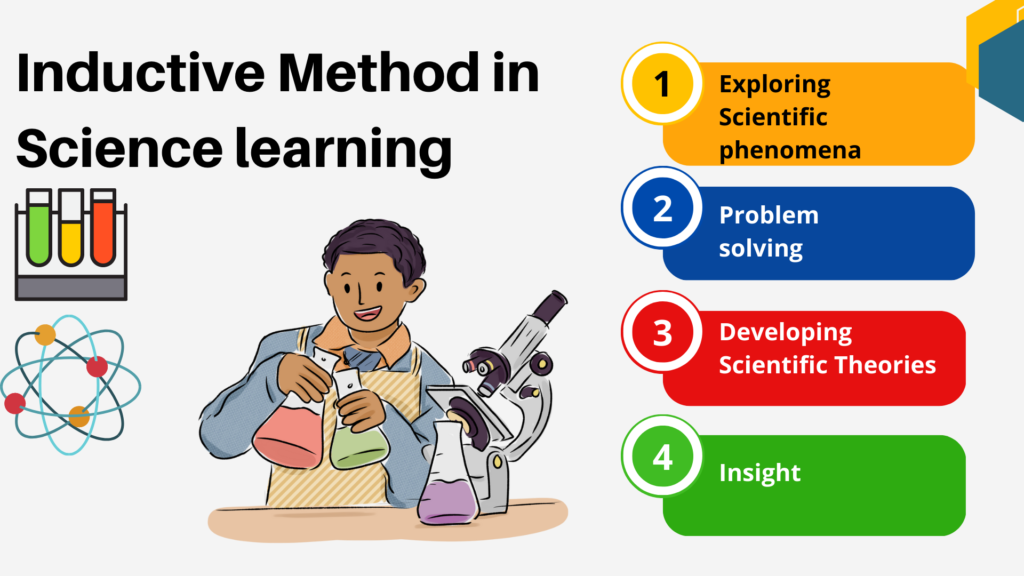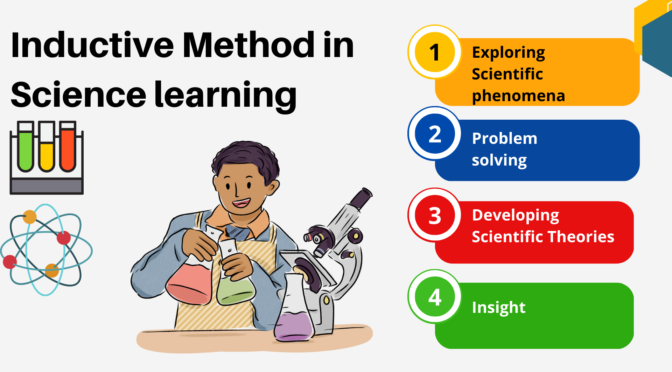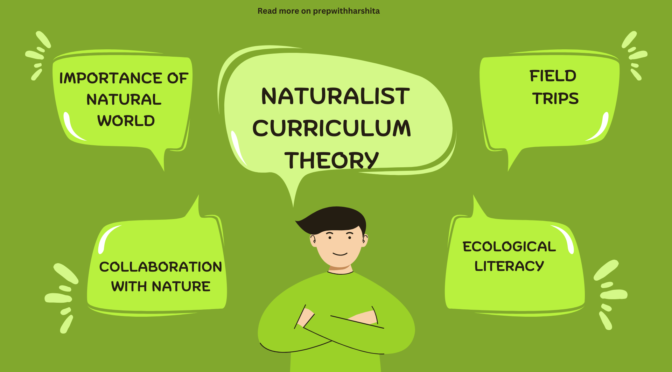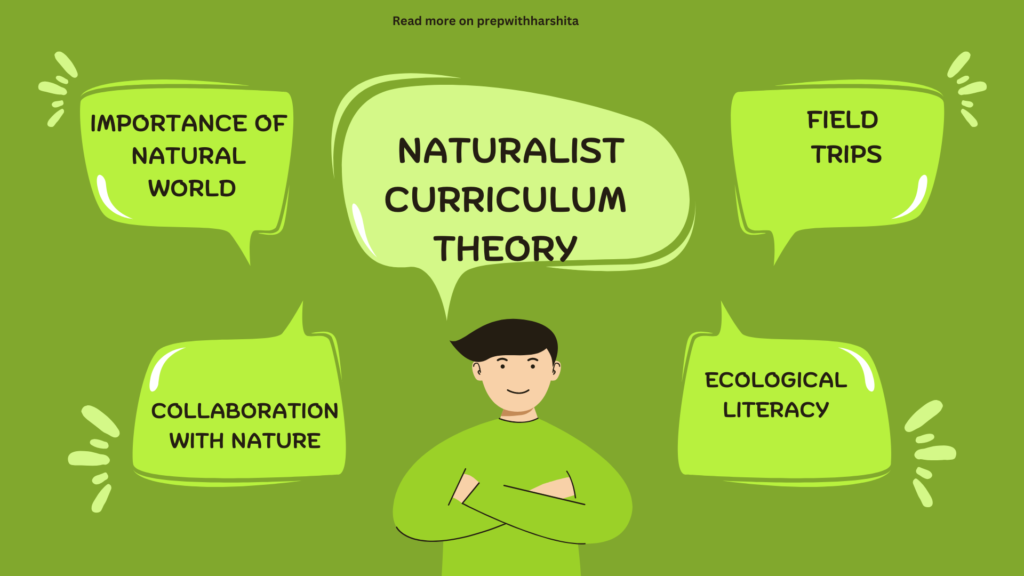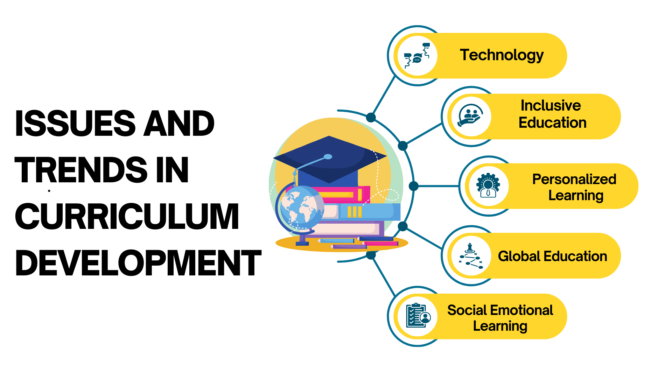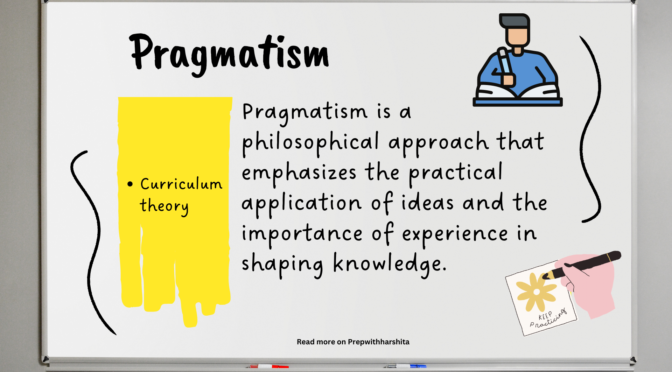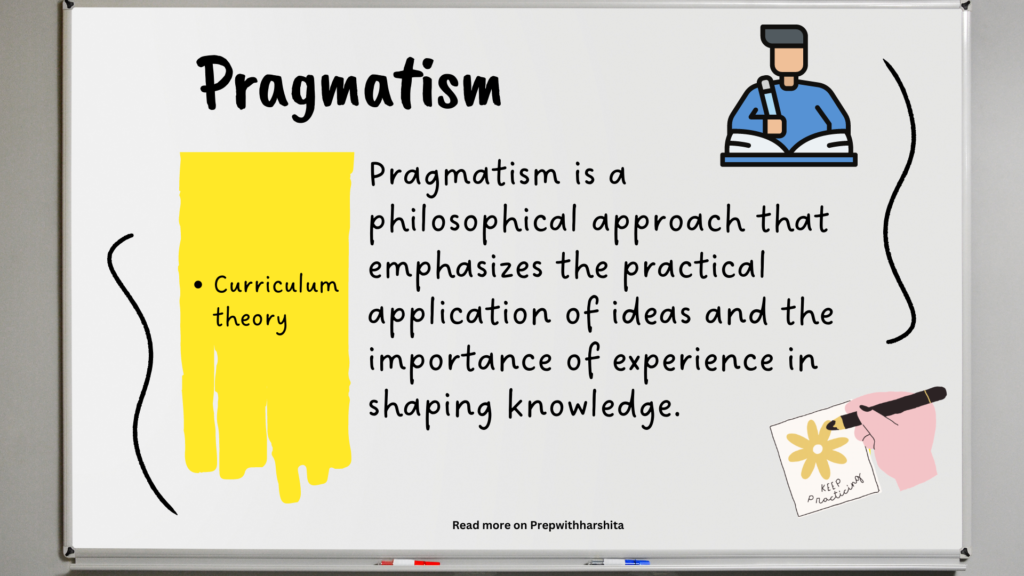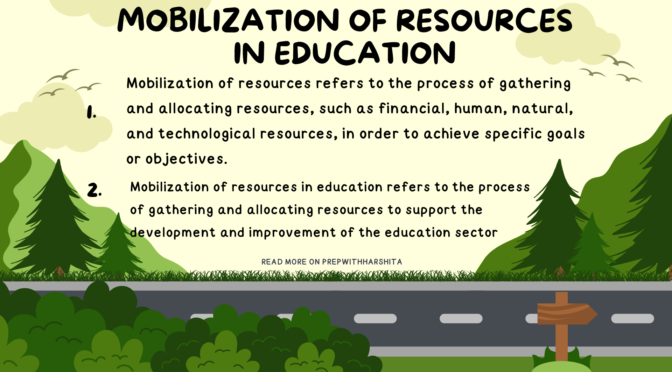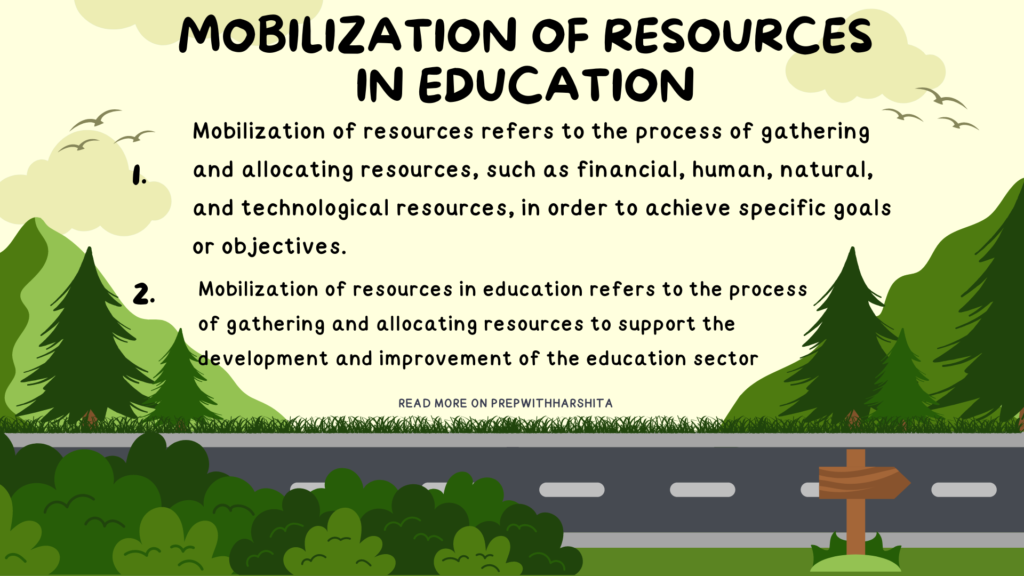An inductive method is a fundamental approach in science that involves making observations, collecting data, and drawing general conclusions based on the patterns observed.
In other words, the inductive method is used to formulate hypotheses and theories based on empirical observations.
Working of Inductive Method
The inductive method begins with observations of specific phenomena or data. Scientists then analyze the data, look for patterns or regularities, and formulate hypotheses or generalizations based on these patterns. These hypotheses are then tested through further observation and experimentation, and if they are supported by the evidence, they may be considered as scientific theories.
This is commonly used in the natural sciences, where scientists often rely on data collected through experiments or observations to formulate theories and explanations for natural phenomena. However, it can also be used in social sciences, where researchers often collect data through surveys or interviews to draw conclusions about human behavior or social patterns.
Also Read: Inductive and Deductive Approach
Uses of Inductive Method :
- Developing scientific theories: In the natural sciences, this is used to develop and refine theories by observing and analyzing data from experiments and observations. Scientists use this method to identify patterns in the data and develop hypotheses that can be tested through further experiments and observations.
- Exploring social phenomena: In the social sciences, the inductive method is used to explore social phenomena by collecting data through surveys, interviews, or observations. Researchers use the inductive method to identify patterns in the data and develop theories that can explain the observed phenomena.
- Generating new insights: This can be used to generate new insights and ideas in various fields of research, including humanities and arts. By observing and analyzing data, researchers can identify patterns and relationships that can lead to new theories, concepts, and perspectives.
- Problem-solving: This can be used to solve problems by observing and analyzing data related to the problem. By identifying patterns in the data, researchers can develop hypotheses and solutions that can be tested and refined through further observations and experiments.
- Formulating hypotheses: This also used to formulate hypotheses that can be tested through further research. By observing and analyzing data, researchers can identify patterns and relationships that can lead to new hypotheses and theories.
It is important to note that the inductive method does not necessarily lead to absolute or conclusive results. Rather, it is a process of continually refining and testing hypotheses based on new evidence and observations.
